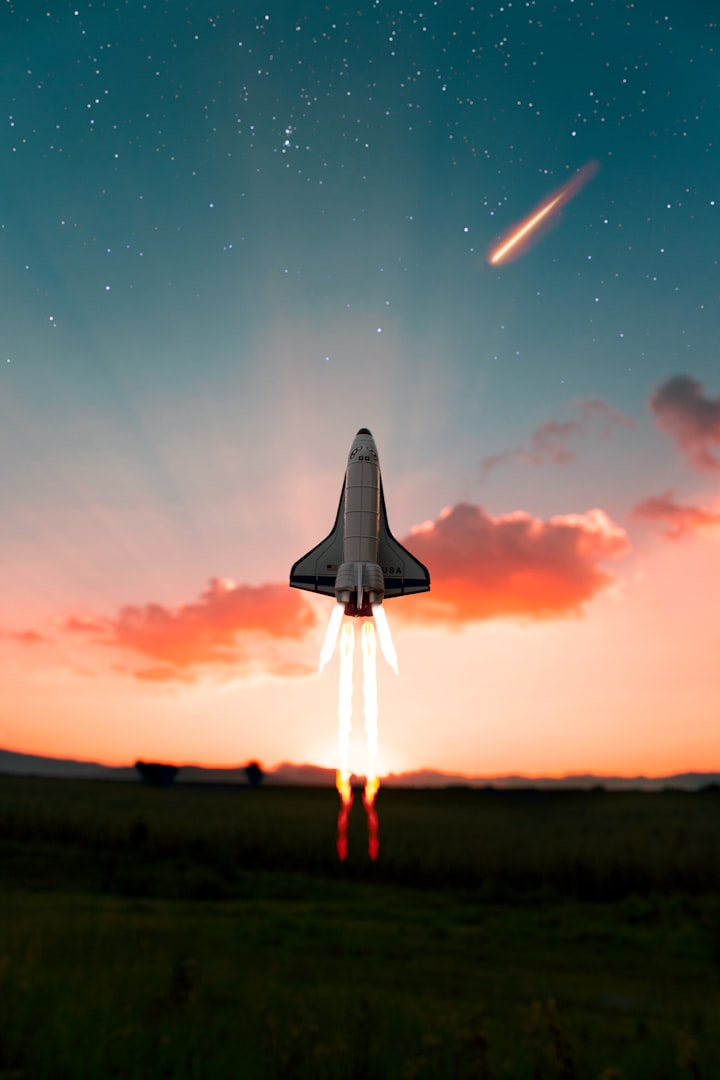The Challenges and Possibilities of Interstellar Travel
Exploring the Fermi Paradox, Radiation, Interstellar Murder and Impact on Destination Planets
Interstellar travel has been a topic of fascination for centuries, capturing the imagination of scientists, science fiction writers, and the general public alike. The idea of traveling to other stars and exploring new worlds is a tantalizing one, but is it truly possible, or is it nothing more than a pipe dream? In this article, we will explore the current state of knowledge on interstellar travel, the challenges that must be overcome, and the ongoing efforts to make it a reality.
One of the biggest challenges facing interstellar travel is the vast distances involved. The nearest star to Earth, Proxima Centauri, is over four light-years away. At current technology levels, it would take thousands of years to make the journey, even with the fastest spacecraft ever built, it would take tens of thousands of years to reach the nearest star. This is a major obstacle that must be overcome in order to make interstellar travel a reality.
Another major challenge is the Fermi Paradox, which is the apparent contradiction between the high probability of the existence of extraterrestrial civilizations and the lack of evidence for or contact with such civilizations. The Fermi Paradox has been used to argue that interstellar travel is impossible, as any civilization advanced enough to travel between stars would have already done so and would have made contact with Earth.
One potential solution to the Fermi Paradox is the concept of "interstellar murder." This theory suggests that any civilization that reaches the stage of interstellar travel would likely be capable of destroying other civilizations, and thus would be unlikely to make contact with other civilizations for fear of being destroyed in turn. This theory could explain why we haven't yet made contact with extraterrestrial civilizations, but it also raises ethical questions about the implications of interstellar travel.
Another major challenge facing interstellar travel is the issue of radiation. Space is filled with high-energy particles and radiation, which can damage or destroy spacecraft and harm the crew. Shielding against this radiation is a major problem that must be overcome in order to make interstellar travel possible. The radiation environment in space is much harsher than it is on Earth, and it requires the development of new materials and technology to protect the spacecraft and its crew from the harmful effects of radiation.
Another important aspect to consider is the impact of interstellar travel on the environment of the destination planet. It is possible that the arrival of a spacecraft from another star could have a catastrophic impact on the ecosystem of the planet, potentially wiping out entire species. This highlights the need for caution and careful planning when it comes to interstellar travel, to minimize the impact on other worlds and to respect the potential for other forms of life.
Despite these challenges, there are ongoing efforts to make interstellar travel a reality. One of the most promising projects is Breakthrough Starshot, an initiative to develop a fleet of tiny, lightweight spacecraft that can be propelled to speeds of up to 20% the speed of light using powerful lasers. This project aims to reach Alpha Centauri, the nearest star system to Earth, within a generation. The concept behind Breakthrough Starshot is to launch a small, lightweight probe that would be propelled by a powerful laser beam to a speed of 20% the speed of light. The probe would then use a sail to harness the energy from the laser beam and propel itself through space. This technology is still in development, but it holds great promise for the future of interstellar travel.
Another promising development is the research on antimatter propulsion, which could provide a means of propelling spacecraft at much higher speeds than current chemical propulsion systems. Antimatter is a highly energetic material that can be used as a fuel for spacecraft propulsion. The main challenge facing antimatter propulsion is the production of antimatter in large quantities, as well as the storage and handling of this highly reactive.
In conclusion, interstellar travel is a topic that has captivated the imagination of scientists, science fiction writers, and the public for centuries. The vast distances involved, the Fermi Paradox, radiation, interstellar murder and impact on the destination planet are some of the biggest challenges facing interstellar travel. Despite these challenges, there are ongoing efforts to make interstellar travel a reality, such as the Breakthrough Starshot initiative and research on antimatter propulsion. While the challenges are significant, the potential rewards of interstellar travel make it a topic that is well worth continuing to explore and research. As we continue to advance in our understanding and technology, we may one day be able to overcome these challenges and make interstellar travel a reality.
About the Creator
Laktish Rouben
By continuing to read my blog geo-politics, you'll gain a better understanding of the forces shaping the world today. My posts provide a unique perspective on the most pressing issues and stay up to date on the latest developments.







Comments
There are no comments for this story
Be the first to respond and start the conversation.